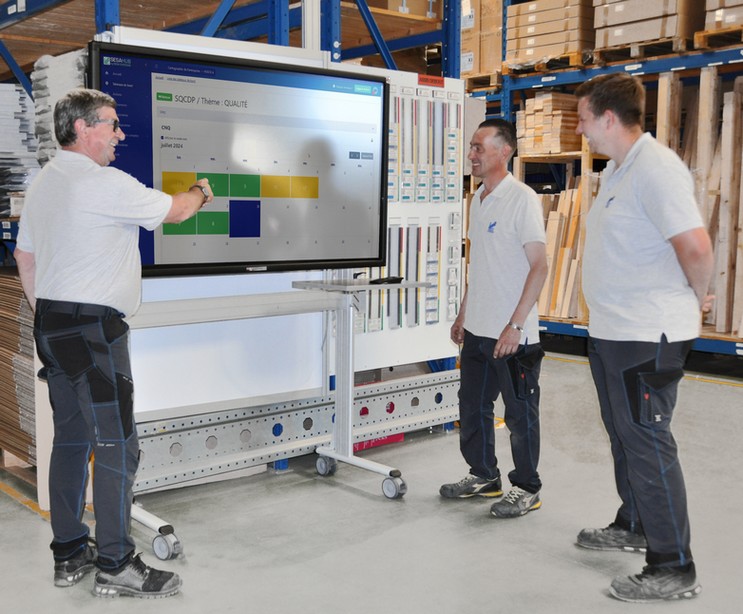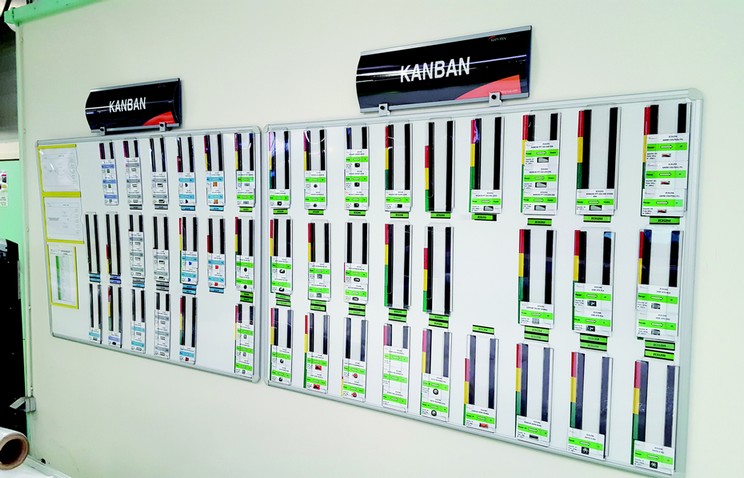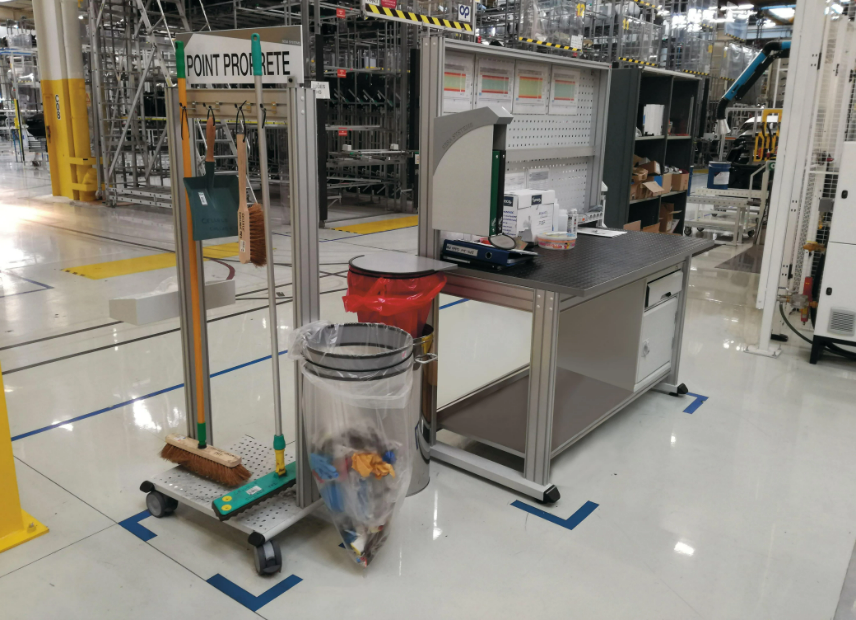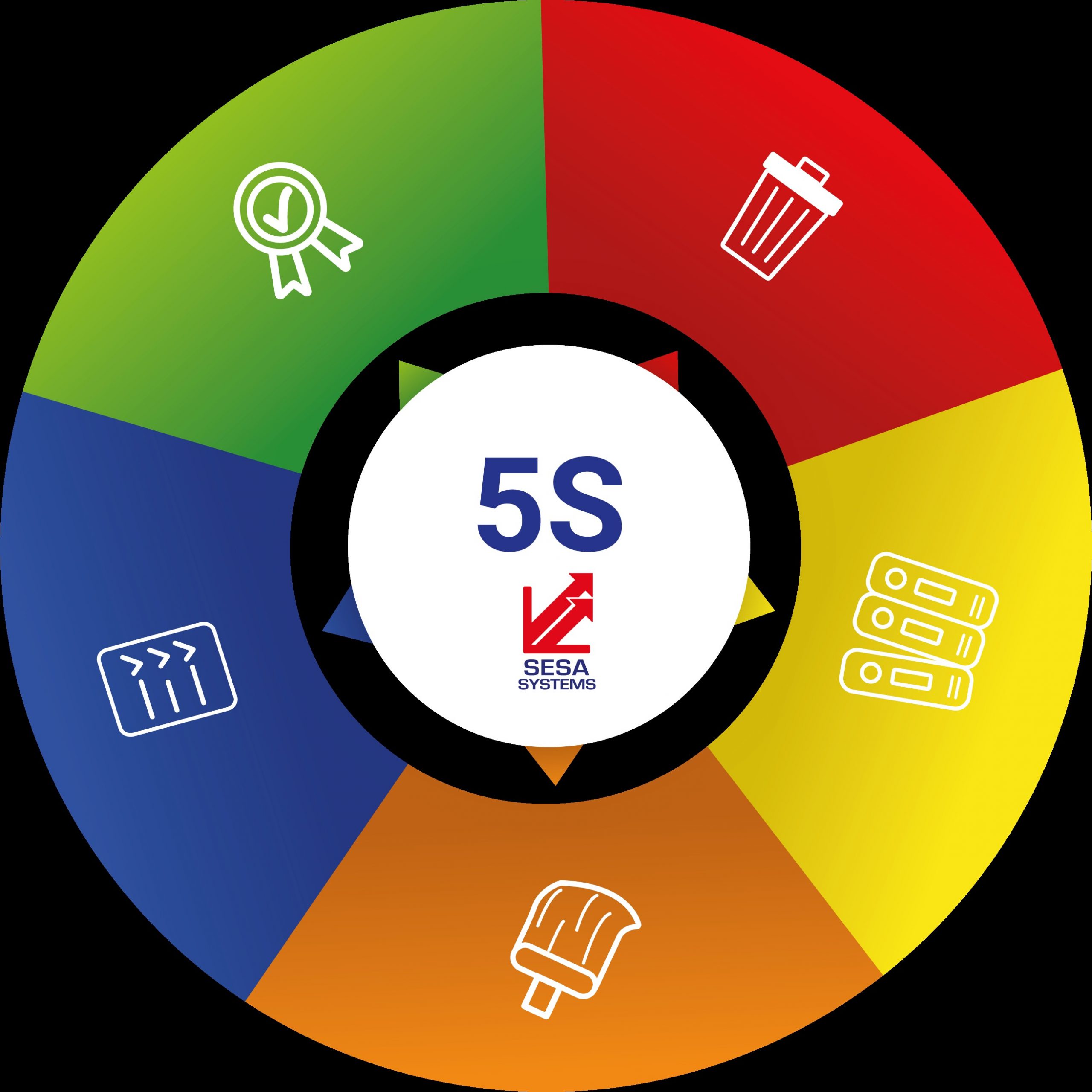Why Implement Digital Visual Management for an Industrial Production Team?
Digital visual management is a modern approach that transforms the management of industrial production teams by enhancing communication, productivity, and quality. Integrating this methodology offers numerous advantages specific to the industrial sector, making its adoption not only beneficial but often essential to remain competitive.

Improved Communication
In an industrial production team, clarity and speed in communication are critical. Digital visual management tools, such as interactive dashboards and real-time digital displays, enable the instant sharing of crucial information on ongoing projects or production statistics. For instance, key performance indicators (KPIs) can be updated in real time, providing all team members with a clear and shared understanding of goals and outcomes.
This transparent solution helps eliminate misunderstandings and aligns all team members with the same priorities. Machine operators, supervisors, and managers can quickly view the status of operations, stock levels, equipment performance, and overall production efficiency. If production falls short, decisions can be made swiftly and effectively to improve operational efficiency.
Increased Productivity
Digital visual management helps quickly identify bottlenecks and inefficiencies in the production process. By displaying workflows and machine statuses in real time, problems can be detected and resolved before they significantly impact factory output.
Moreover, digital dashboards can be configured to automatically alert teams when deviations from established standards occur. For example, if a machine breaks down or production slows on a specific line, an alert is sent immediately, enabling quick intervention. This proactive approach reduces downtime and ensures a steady production flow.
Improved Quality
One of the primary objectives of digital visual management is to ensure consistent product quality. By integrating real-time monitoring and quality control systems, teams can track quality standards throughout the production process. Deviations can be immediately identified and corrected before defective products move to the next stages or reach customers.
The data collected can also be analyzed to identify patterns, trends, or anomalies that may indicate underlying issues in the production process. This facilitates continuous improvement by fine-tuning processes to reduce variability and enhance the quality of final products.
Enhanced Employee Engagement
Digital visual management benefits not only production processes but also employee engagement and satisfaction. Workers can see the direct impact of their contributions on the team’s and company’s overall performance, which can be highly motivating. Additionally, real-time feedback systems make employees feel more involved and valued.
For example, interactive display boards can highlight exceptional performances, fostering a positive and collaborative work environment. Feeling supported and informed, employees are more likely to actively engage in their tasks and contribute to continuous process improvements.
Cost Reduction
Finally, digital visual management contributes to cost reduction. By optimizing communication, increasing productivity, and improving quality, companies can minimize losses related to downtime, rework, and defective products. Additionally, real-time data analysis helps identify opportunities to optimize resources and reduce waste.
Key Takeaways
Implementing digital visual management in an industrial production team is a strategic investment that can transform daily operations. By improving communication, productivity, quality, employee engagement, and reducing costs, this technique enables companies to stay competitive and respond more effectively to market demands. Adopting this technology is not just about enhancing existing processes but taking a step toward the future of industrial production.
















